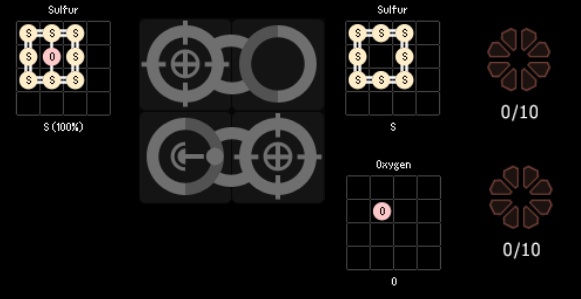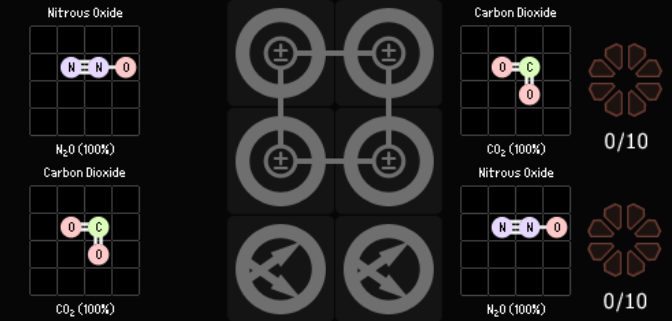

These results provide valuable environmental evidence to support previous culture-based studies assessing the physiology and ecology of these ubiquitous marine heterotrophs under low-oxygen conditions.īacteria of the gammaproteobacterial genus Alteromonas are ecologically relevant copiotrophs that inhabit almost every marine environment, from surface waters to bathypelagic depths ( Mikhailov et al., 2006 Nayfach et al., 2016). This study demonstrates that Alteromonas is an abundant and active member of the OMZ microbial communities, with a potentially significant impact on the carbon cycling in these ecosystems. This metatranscriptomic information suggests an in situ coupling of Alteromonas iron (Fe) and carbon metabolisms, and a relevant role of the glyoxylate cycle across the different layers of the OMZs. The highest proportion of Alteromonas transcripts was found within the secondary fluorescence maximum (SFM) of Oxygen Minimum Zones (OMZs).

In this study, we show that Alteromonas significantly contribute to marine microbial communities from suboxic waters ( < 5 uM) in both the free-living (FL) and particle-attached (PA) fractions, but considerably decrease in abundance in the anoxic waters. Comparative genomic studies of these microorganisms have mainly focused on the metabolic and genomic plasticity of strains isolated primarily from oxygenated environments.

Gammaproteobacteria of the genus Alteromonas are prominent members of pelagic marine microbial communities, playing critical roles in the aerobic degradation of particulate organic matter. 7School of Biological Sciences and Center for Microbial Dynamics and Infection, Georgia Institute of Technology, Atlanta, GA, Bozeman, United States.6Department of Microbiology and Cell Biology, Montana State University, Bozeman, MT, United States.5Departamento de Oceanografía, Universidad de Concepción, Concepción, Chile.4Instituto Milenio de Oceanografía, Universidad de Concepción, Concepción, Chile.3Marine Biology Research Division, Scripps Institution of Oceanography, University of California, San Diego, La Jolla, CA, United States.2Facultad de Ciencias del Mar, Universidad Católica del Norte, Coquimbo, Chile.1Laboratorio de Fisiología y Genética Marina, Centro de Estudios Avanzados en Zonas Áridas, Coquimbo, Chile.Plominsky 3†, Salvador Ramírez-Flandes 4,5, Anthony D. Carlos Henríquez-Castillo 1,2*†, Alvaro M.


 0 kommentar(er)
0 kommentar(er)
